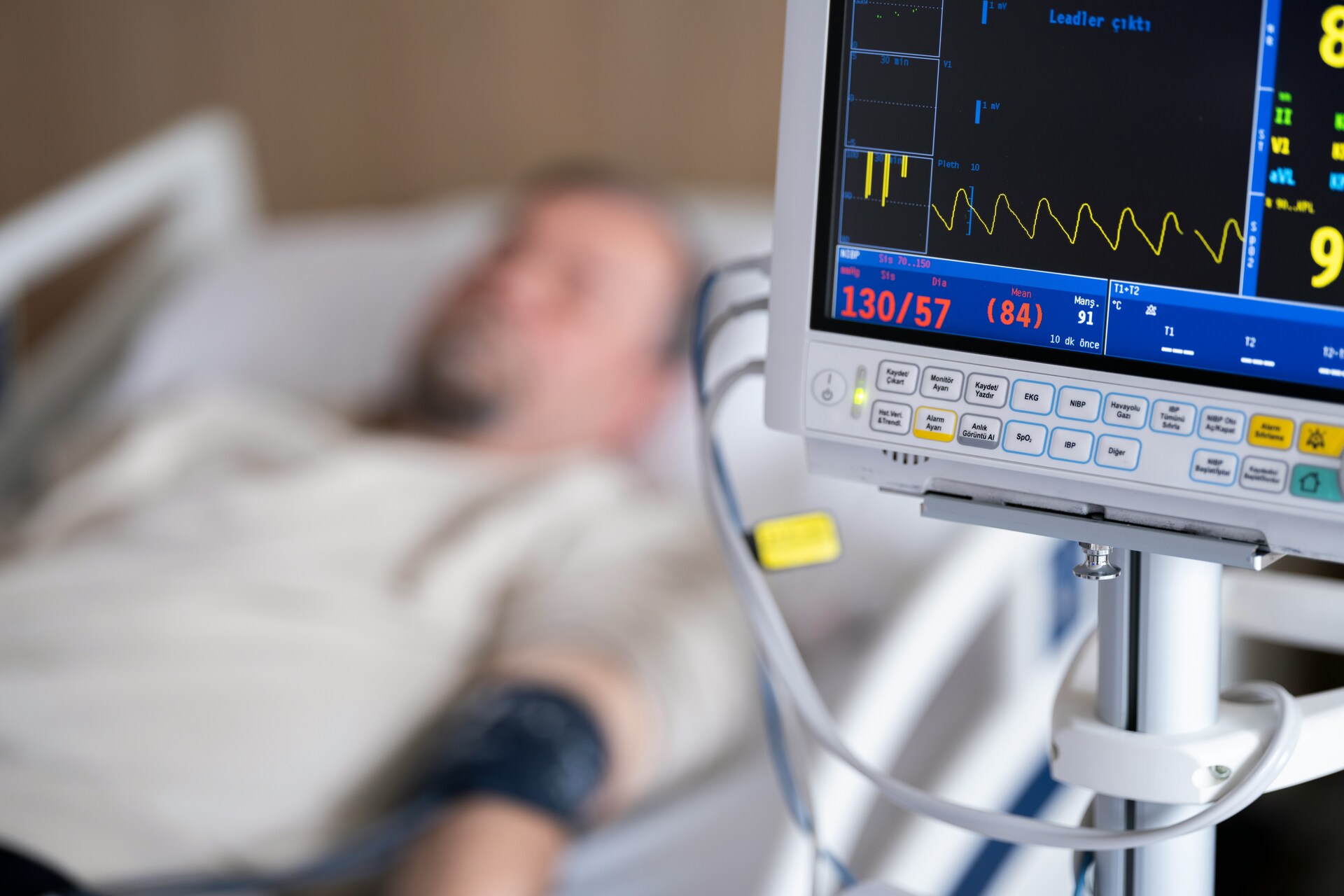



Even mild oxygen shortages can snowball from nuisance to medical emergencies in minutes. Hypoxia — too little oxygen in the tissues — and hypoxemia — too little oxygen in the blood — share overlapping signs, but they begin in different physiological neighborhoods. Spotting the earliest cues lets clinicians intervene before organ damage happens. Detection also helps athletes, high-altitude workers or people with chronic lung disease adjust workloads in real time.
Hypoxemia starts in the bloodstream, lowering the partial pressure of oxygen (PaO2). Hypoxia is the downstream result — starved cells that can’t make enough ATP. One can exist without the other, yet prolonged hypoxemia routinely triggers tissue-level hypoxia. Understanding this cascade is essential when interpreting patient data — correct the blood first and tissue oxygenation often follows.
Subclinical oxygen deficits are quiet, but they are not silent. In low-oxygen states, the cardiovascular system compensates first, then the nervous system joins the alarm. Recognizing this sequence turns vague complaints into actionable red flags. These early markers often appear before pulse-oximeter values nosedive:
Pulse oximeters clip onto a finger and estimate arterial oxygen saturation (SpO2) within seconds. They became household names during the COVID-19 pandemic because they warned caretakers when a patient’s silent hypoxemia tipped toward respiratory failure. Coaches for elite cyclists and distance runners also rely on continuous SpO2 feeds to fine-tune altitude training blocks.
Wearable biosensors pair oximetry with heart-rate variability, skin temperature and motion data. Because the devices stream to cloud dashboards, artificial intelligence models can flag deteriorating trends long before a single reading looks bad. Since the devices update in real time, AI will always have up-to-date and accurate information. As a result, it can reference its dataset to make predictions about a user’s health — imagine learning you are at high risk for a heart attack while it is still preventable.
Gadgets raise suspicion — laboratory and imaging tests close the case. Clinicians follow tiered protocols that differ slightly for blood versus tissue deficits but share core measurements.
For suspected hypoxemia, clinicians may order:
For suspected hypoxia, additional tools refine etiology:
An arterial PaO2 between 75 and 100 mmHg keeps hemoglobin nearly saturated. Dropping below 60 mmHg — or SpO2 under 90% — meets most definitions of “dangerously low oxygen level.” Any reading below these cut-offs demands rapid evaluation and often supplemental O2.
When thousands of heart rate, respiratory rate and SpO2 data points flow through machine-learning models, the software can recognize patterns invisible to the naked eye — such as micro-desaturations that precede sepsis or a nocturnal hypoventilation trend hinting at sleep-disordered breathing. Integrating these insights into electronic medical records allows clinicians to move from reactive treatment to proactive prevention.
Implementing oxygen-monitoring technology involves more than attaching a sensor — it calls for a deliberate strategy that keeps data accurate, interpretable and clinically meaningful. The following best practices help researchers turn raw measurements into reliable and actionable insights:
Next-generation oximetry chips slot into smartwatches, while optical sensors in earbuds measure cerebral oxygenation. Bio-printed microprobes may eventually monitor tissue oxygenation in transplanted organs. Coupled with federated learning, these innovations promise population-scale insights without sacrificing patient privacy.
Yes — trend analysis can spotlight micro-desaturations during sleep or exercise long before a person feels dyspneic.
Most read within ±2% of ABG-derived saturation in normoxic adults, but accuracy falls in darker skin tones or saturations <80%.
Newborns, patients with poor peripheral perfusion and anyone with dyshemoglobinemias — for example, carbon monoxide poisoning.
ABG remains the gold standard because it delivers PaO2, PaCO2 and pH in a single cartridge.
Their treatment targets are not the same. Hypoxemia may need supplemental O2, while hypoxia from ischemia might need clot retrieval or transfusion.
Oxygen is medicine, but it is also considered a metric. Marrying traditional pulse oximetry with AI-powered analytics brings critical insight to the wrist, the bedside and the cloud. Whether you are refining an athlete’s VO2 max or safeguarding a COPD patient during wildfire season, the sooner falling oxygen is detected, the faster lifesaving decisions follow.


This site uses Akismet to reduce spam. Learn how your comment data is processed.